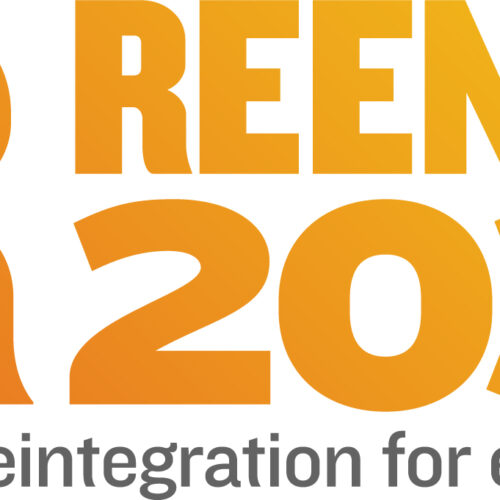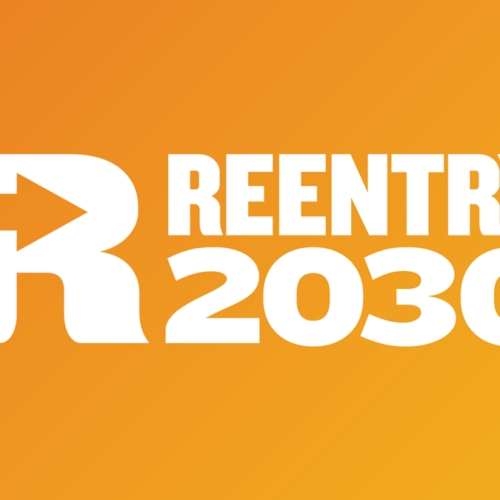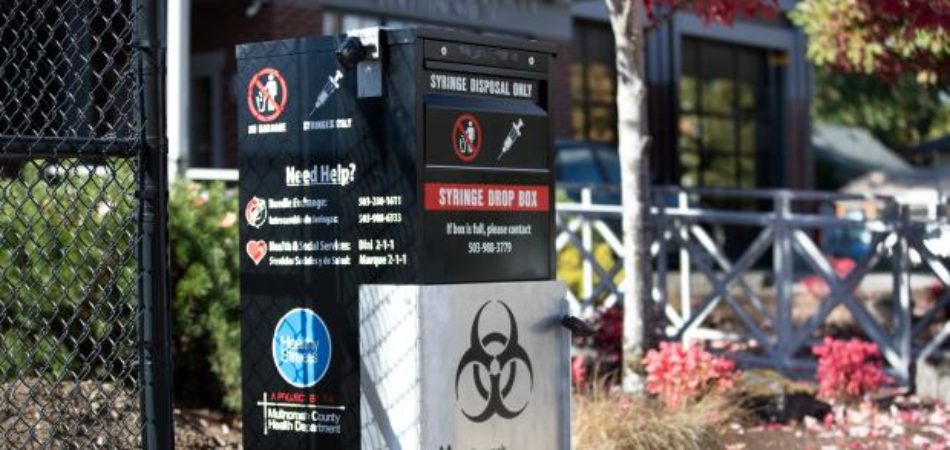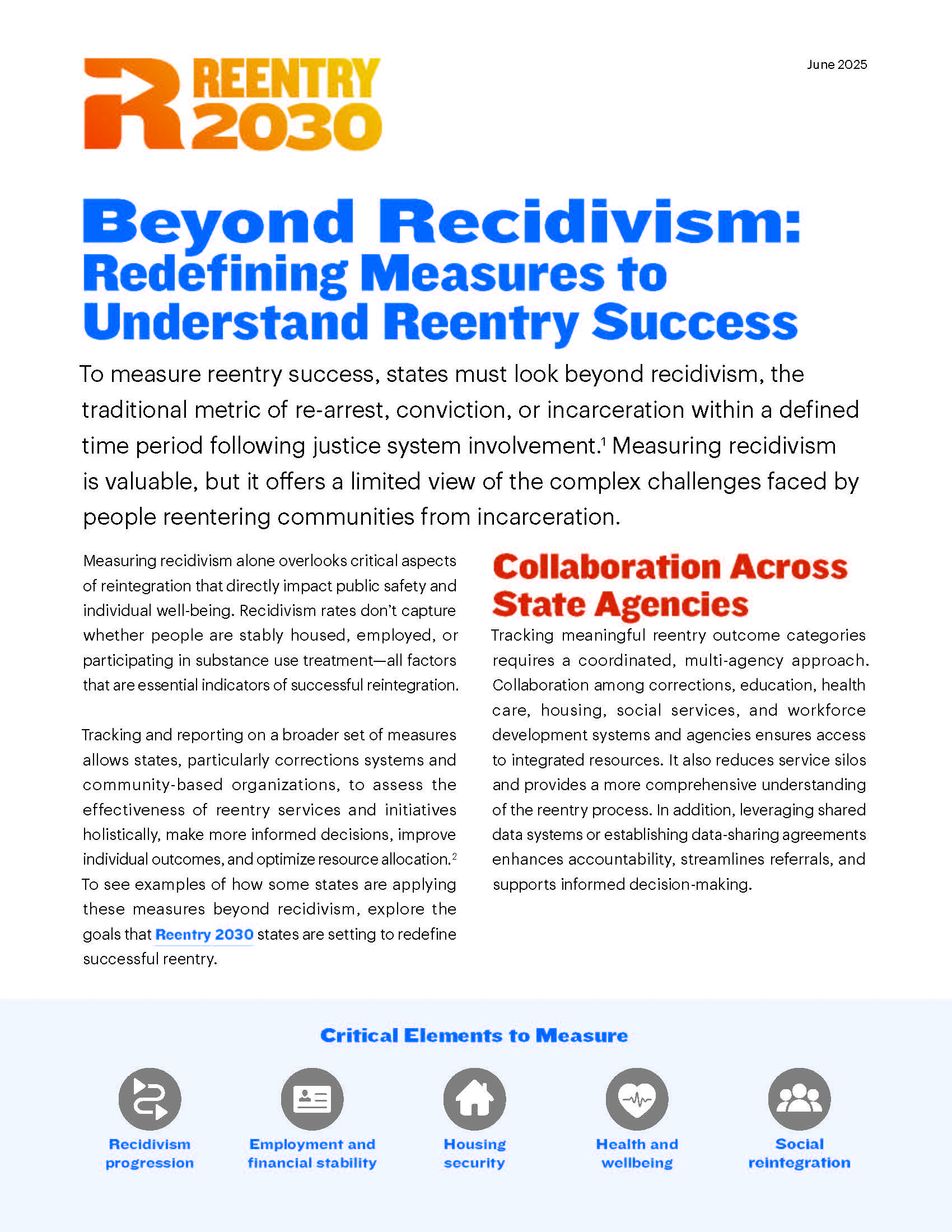Beyond Recidivism: Redefining Measures to Understand Reentry Success
To measure reentry success, states must look beyond recidivism, the traditional metric of re-arrest, conviction, or incarceration within a defined time period following justice system involvement. Measuring recidivism is valuable, but it offers a limited view of the complex challenges faced by people reentering communities from incarceration. Tracking and reporting on a broader set of measures allows states, particularly corrections systems and community-based organizations, to assess the effectiveness of reentry services and initiatives holistically, make more informed decisions, improve individual outcomes, and optimize resource allocation. This brief walks through five other critical elements to measure beyond recidivism: recidivism progression, employment and financial stability, housing security, health and wellbeing, and social reintegration.

Beyond Recidivism: Redefining Measures to Understand Reentry Success
To measure reentry success, states must look beyond recidivism, the traditional metric of re-arrest, conviction, or incarceration within a defined time period following justice system involvement.1 Measuring recidivism is valuable, but it offers a limited view of the complex challenges faced by people reentering communities from incarceration.
Measuring recidivism alone overlooks critical aspects of reintegration that directly impact public safety and individual well-being. Recidivism rates don’t capture whether people are stably housed, employed, or participating in substance use treatment—all factors that are essential indicators of successful reintegration.
Tracking and reporting on a broader set of measures allows states, particularly corrections systems and community-based organizations, to assess the effectiveness of reentry services and initiatives holistically, make more informed decisions, improve individual outcomes, and optimize resource allocation.2 To see examples of how some states are applying these measures beyond recidivism, explore the goals that Reentry 2030 states are setting to redefine successful reentry.
Tracking meaningful reentry outcome categories requires a coordinated, multi-agency approach. Collaboration among corrections, education, health care, housing, social services, and workforce development systems and agencies ensures access to integrated resources. It also reduces service silos and provides a more comprehensive understanding of the reentry process. In addition, leveraging shared data systems or establishing data-sharing agreements enhances accountability, streamlines referrals, and supports informed decision-making.
5 Critical Elements to Measure:
- Recidivism progression
- Employment and financial stability
- Housing security
- Health and wellbeing
- Social reintegration
Recidivism Progression
As noted, reporting recidivism rates alone provides a limited snapshot of reentry outcomes. Tracking recidivism progression offers a more nuanced understanding of behavioral change, desistance patterns, and the effectiveness of reentry supports. Recidivism progression refers to the pattern or trajectory of an individual’s repeated involvement in the criminal justice system and examines how recidivism evolves over time.
This approach allows agencies to differentiate between individuals who return to prison on a violation of supervision conditions or commit minor, infrequent offenses from those with more serious or persistent patterns. The approach enables more targeted and responsive interventions as well as an opportunity to assess the impact of interventions over time.
Measuring Recidivism Progression
| Example Measures | Purpose of Measure | Example Metrics |
|---|---|---|
| Community Supervision Violations and Revocations | Important for identifying risk factors for noncompliance, assessing supervision effectiveness, and reducing unnecessary incarceration |
|
| Time to Re-offense | Helps pinpoint critical intervention periods and allow for targeted support services during high-risk time frames |
|
| Severity of Re-offense | Helps tailor interventions and measure desistence progression |
|
| Frequency of Re-offense | Helps guide resource allocation and target supervision strategies and interventions to reduce persistent reoffending behaviors |
|
Employment and Financial Stability
Employment and financial stability refer to a person’s ability to find and maintain employment. This category encompasses gainful, stable employment; income adequacy; educational opportunities for career advancement; and financial independence. Measuring financial stability is essential because it is closely linked to reduced recidivism, improved well-being, and successful long-term reintegration into the community.3
Measuring Employment and Financial Stability
| Example Measures | Purpose of Measures | Example Metrics |
|---|---|---|
| Employment Status | Helps identify barriers to workforce entry, inform policies that reduce obstacles, and expand access to job opportunities |
|
| Duration of Employment | Can illustrate the need for ongoing job readiness support, more tailored job matching, and other post-employment services, such as transportation, to improve job retention |
|
| Income | Informs efforts to connect individuals with higher-paying jobs, wage subsidies, or financial assistance programs |
|
| Workforce Development, Education, and Credential Attainment | Ensures alignment with in-demand jobs, helps refine program accessibility and effectiveness, and informs the need for additional supports or employer partnerships to improve job placement outcomes |
|
Housing Security
Housing security refers to the stability, safety, and sustainability of an individual’s housing after release from incarceration. It serves as a foundation for employment, community reintegration, and access to essential support services. Measuring housing security is critical because unstable housing increases the risk of recidivism and can disrupt engagement with supervision, treatment, and employment opportunities.
Measuring Housing Security
| Example Measures | Purpose of Measures | Example Metrics |
|---|---|---|
| Duration of Housing | Helps identify risks of instability and the need for ongoing housing supports |
|
| Housing Type | Guides resource allocation and support services to create pathways toward permanent, independent housing |
|
| Housing Status | Helps identify individuals at risk of homelessness and target interventions where most needed |
|
| Duration of Housing Instability (Shelter Stays and Unsheltered) episodes | Helps identify gaps in services and informs improvements to rapid rehousing efforts |
|
| Rent Burden (Percentage of Income Spent on Housing) | Helps identify affordability challenges, and supports efforts to identify and increase access to affordable housing |
|
| Time to Stable Housing | Helps improve pre-release planning and streamline housing placements |
|
Health and Wellbeing
Health refers to physical, mental, and behavioral well-being. To get a full picture of health, it is critical not only to know an individual’s mental and physical health status as assessed by a qualified provider—it is also important to know about their access to care, including health insurance and access to health providers, and whether they are receiving needed treatment. An individual’s health directly impacts their ability to secure employment, maintain relationships, process trauma, and avoid re-incarceration.
Measuring Health and Wellbeing
| Example Measures | Purpose of Measures | Example Metrics |
|---|---|---|
| Substance Use Treatment (Enrollment and Completion Rates) | Helps identify gaps and barriers to access and informs efforts to strengthen continuity of care |
|
| Mental Health Service Utilization | Highlights whether individuals are accessing needed care and informs strategies to reduce barriers and expand availability |
|
| Mental Health Status | Guides individualized treatment adjustments and informs resource allocation for higher-need populations |
|
| Medicaid Enrollment | Reveals whether returning individuals have timely access to healthcare coverage and may highlight a policy/ practice need to address enrollment delays |
|
| Health Care System Utilization | Helps detect overreliance on emergency services or underuse of preventive care and can inform targeted improvements in care coordination |
|
Social Reintegration
Social integration refers to the process of people reconnecting with their families, social networks, and local communities after justice system involvement. Successful social reintegration involves rebuilding relationships, fostering social support, and actively participating in community life to promote stability and engagement in prosocial behaviors. Measuring social integration is important because strong social connections are associated with reduced isolation, lower rates of recidivism, and greater long-term success in reentry.
Measuring Social Reintegration
| Example Measures | Purpose of Measures | Example Metrics |
|---|---|---|
| Civic Engagement | Reveals barriers to public involvement and supports efforts to promote community belonging and active citizenship |
|
| Pro-Social Network Engagement | Identifies individuals engaged in protective factors or at risk of isolation and guides interventions to build healthy, pro-social networks |
|
Measuring the Full Picture of Reentry Success
By expanding reentry measurement beyond recidivism, states can use gathered data to develop more comprehensive strategies to support successful reentry and improve public safety. This approach—tracking measures of employment, housing, health, and social integration alongside recidivism progression—provides a fuller picture of reentry success and helps target resources where they are most needed. In several of these domains, validated assessments (such as for substance use) and standard scales (such as for social reintegration) are available to capture metrics in these areas.
Through Reentry 2030, states across the country are already setting ambitious goals using these broader measures and demonstrating that success after incarceration encompasses many dimensions of stability and wellbeing. By adopting these comprehensive metrics, stakeholders and practitioners can better understand what works, address service gaps, and ultimately create stronger, safer communities while supporting people returning from incarceration.
To learn about Reentry 2030, visit reentry.org.
Endnotes
1. National Academies of Sciences, Engineering, and Medicine. The Limits of Recidivism: Measuring Success After Prison (Washington, DC: The National Academies Press, 2022): https://doi.org/10.17226/26459.
2. J. Buck Willison, Measuring Reentry Success Beyond Recidivism (Washington,DC: U.S. Department of Justice, Bureau of Justice Assistance, 2023): https://nationalreentryresourcecenter.org/sites/default/files/inline-files/Look%20Beyond%20Recidivism_March%2029%202023.pdf.
3. National Academies of Sciences, Engineering, and Medicine. The Limits of Recidivism: Measuring Success After Prison (Washington, DC: The National Academies Press, 2022): https://doi.org/10.17226/26459.
This project was supported by Grant No. 15PBJA-23-GK-05503-MUMU awarded by the Bureau of Justice Assistance. The Bureau of Justice Assistance is a component of the Office of Justice Programs, which also includes the Bureau of Justice Statistics, the National Institute of Justice, the Office of Juvenile Justice and Delinquency Prevention, the Office for Victims of Crime, and Office of Sex Offender Sentencing, Monitoring, Apprehending, Registering, and Tracking. Points of view or opinions in this document are those of the author and do not necessarily represent the official position or policies of the U.S. Department of Justice.
Project Credits
Writing: Rebecca Cohen, CSG Justice Center
Research: Rebecca Cohen, CSG Justice Center
Advising: Susan Gottesfeld, Nicole Jarrett, Jesse Kelley, and Nina Salomon, CSG Justice Center
Editing: Anne Ellis, CSG Justice Center
Design: Michael Bierman
Web Development: Caroline Cournoyer, CSG Justice Center
Public Affairs: Sarah Kelley, CSG Justice Center
Back to Top of Publication.
On June 26, the CSG Justice Center convened state leaders in workforce development, education, and corrections from 7…
Read MoreOur plan—developed with the National Resource Center on Children & Families of the Incarcerated at Rutgers University-Camden and…
Read More8 states gathered to discuss workforce solutions for formerly incarcerated people.
Read More Breaking Down Barriers: Reentry 2030 States Meet to Tackle Employment-Related Collateral Consequences
Breaking Down Barriers: Reentry 2030 States Meet to Tackle Employment-Related Collateral Consequences
On June 26, the CSG Justice Center convened state leaders in workforce…
Read More First-of-its-Kind Plan for States to Support Children and Families with Incarcerated Parents
First-of-its-Kind Plan for States to Support Children and Families with Incarcerated Parents
Our plan—developed with the National Resource Center on Children & Families of…
Read More Reentry 2030 States Explore Day 1 Employment Readiness After Incarceration
Reentry 2030 States Explore Day 1 Employment Readiness After Incarceration
8 states gathered to discuss workforce solutions for formerly incarcerated people.
Read More










